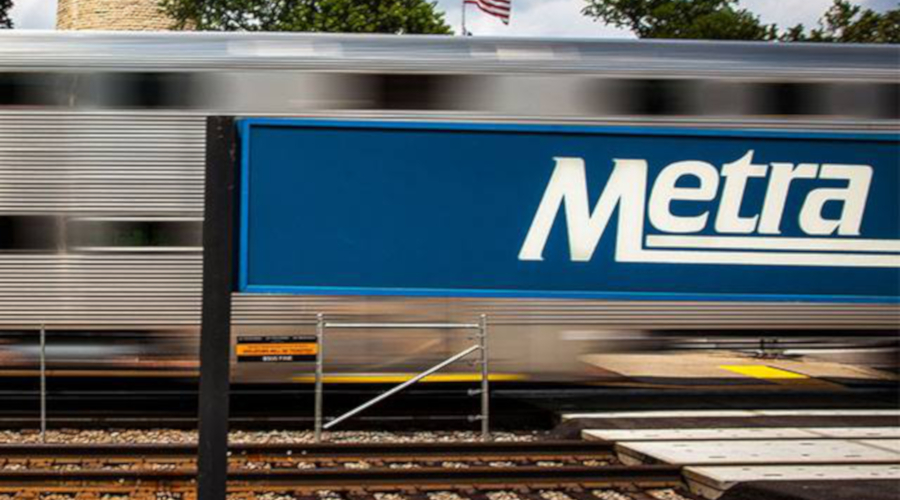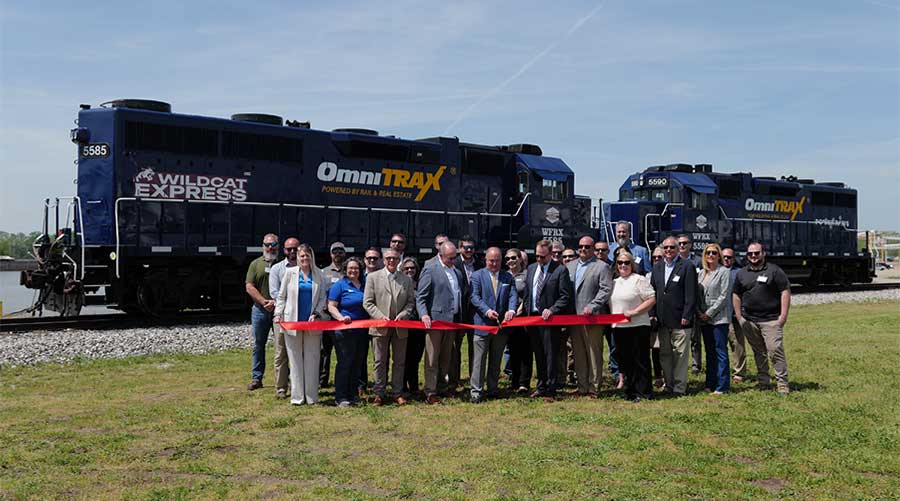Stay updated on news, articles and information for the rail industry
 railPrime
railPrime
4/24/2018
Rail News: Canadian National Railway - CN
CN's income fell, operating ratio and expenses rose in Q1

Harsher-than-normal winter weather in the first quarter, including extremely low temperatures in Canada in February, put the deep freeze on CN’s financial results.
Q1 revenue was flat at $3.2 billion while operating income fell 16 percent to $1 billion, net income tumbled 16 percent to $741 million and operating expenses ballooned 9 percent to $2.2 billion compared with first-quarter 2017 results (all figures are in Canadian dollars).
In addition, revenue ton-miles declined 4 percent to 57.2 million — although carloads increased 3 percent to 1.4 million units — and the operating ratio climbed 6 points to 67.8.
By traffic segment, both coal and intermodal revenue rose 10 percent to $142 million and $814 million, respectively, and metals and minerals revenue increased 7 percent to $388 million on a year-over-year basis. But grain and fertilizers revenue fell 11 percent to $539 million, forest products revenue dropped 6 percent to $422 million, automotive revenue declined 4 percent to $197 million, and petroleum and chemicals revenue decreased 3 percent to $564 million.
CN attributed the flat revenue to reduced revenue ton-miles resulting from the challenging operating conditions and a negative translation impact from the stronger Canadian dollar, which partly was offset by higher fuel surcharges and rates. The hike in operating expenses was caused not only by the operating challenges, but by higher training costs for new employees and higher fuel prices, CN senior executives said during a Q1 earnings conference Monday afternoon.
The extreme weather conditions in the quarter affected train lengths and caused operational performance to further slip after eroding since fall because of an unexpected double-digit traffic gain last year, they said.
“We had lower resiliency in some high-volume areas going into winter, [which] made maintaining fluidity very challenging. Fluidity is the most important thing,” said Executive Vice President and Chief Operating Officer Mike Cory. “This lower resiliency, coupled with the extreme, harsh winter conditions in those same areas, resulted in a decline in the service levels and an increase in [operational] costs.”
Senior execs also announced that CN has increased its 2018 capital spending budget by $200 million to a record $3.4 billion, primarily to upgrade more infrastructure than originally planned earlier this year to help boost capacity and resiliency in the network.
The Class I now expects to spend $400 million — compared with a previously announced $250 million — to complete 29 major infrastructure capacity projects, mainly in western Canada. The projects include new double track, siding construction and extensions, and yard capacity expansions. CN also plans to acquire more locomotives and box cars, and hire more train crew members.
“Our metrics are showing sustained, sequential improvement, and that momentum will build as we continue to expand track capacity, add crews and bring on new locomotives,” said Interim CN President and Chief Executive Officer Jean-Jacques Ruest. “With the people, equipment and infrastructure in place, and with a solid pipeline of growth opportunities ahead of us, we are confident in our ability to bring long-term value creation to our customers and shareholders.”


 2025 MOW Spending Report: Passenger-rail programs
2025 MOW Spending Report: Passenger-rail programs
 Gardner steps down as Amtrak CEO
Gardner steps down as Amtrak CEO
 Guest comment: Oliver Wyman’s David Hunt
Guest comment: Oliver Wyman’s David Hunt
 Women of Influence in Rail eBook
Women of Influence in Rail eBook








